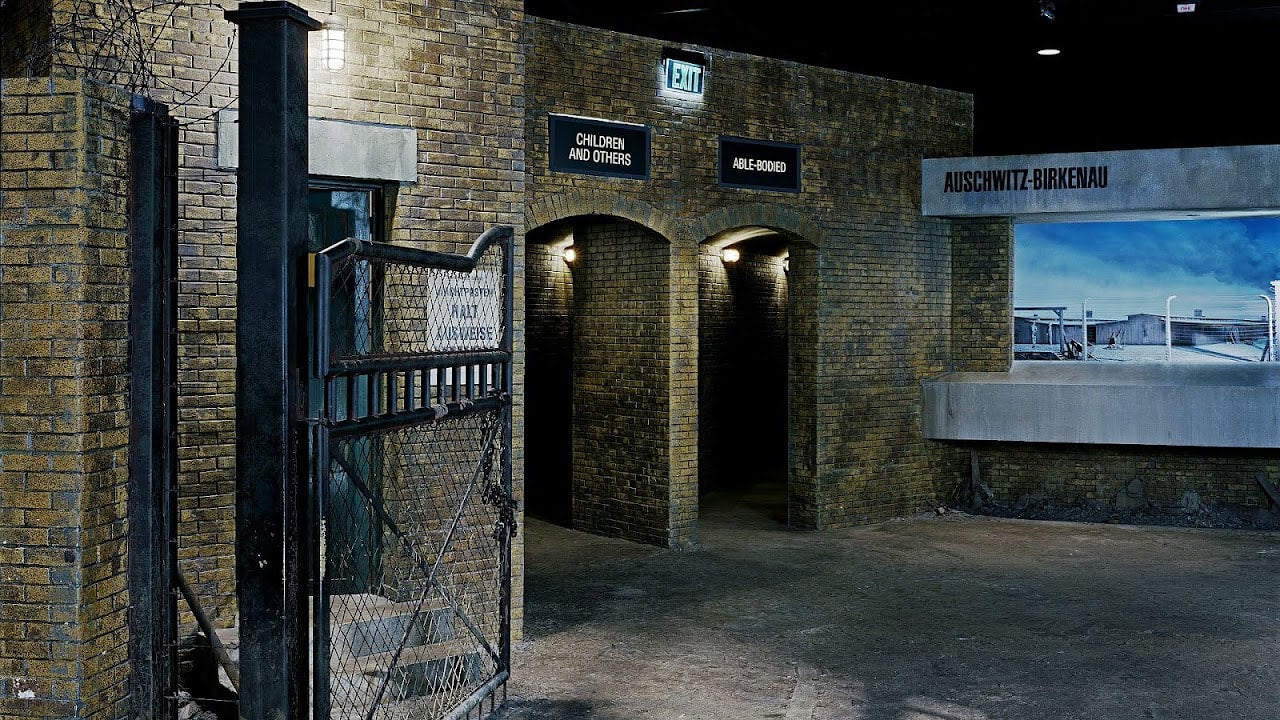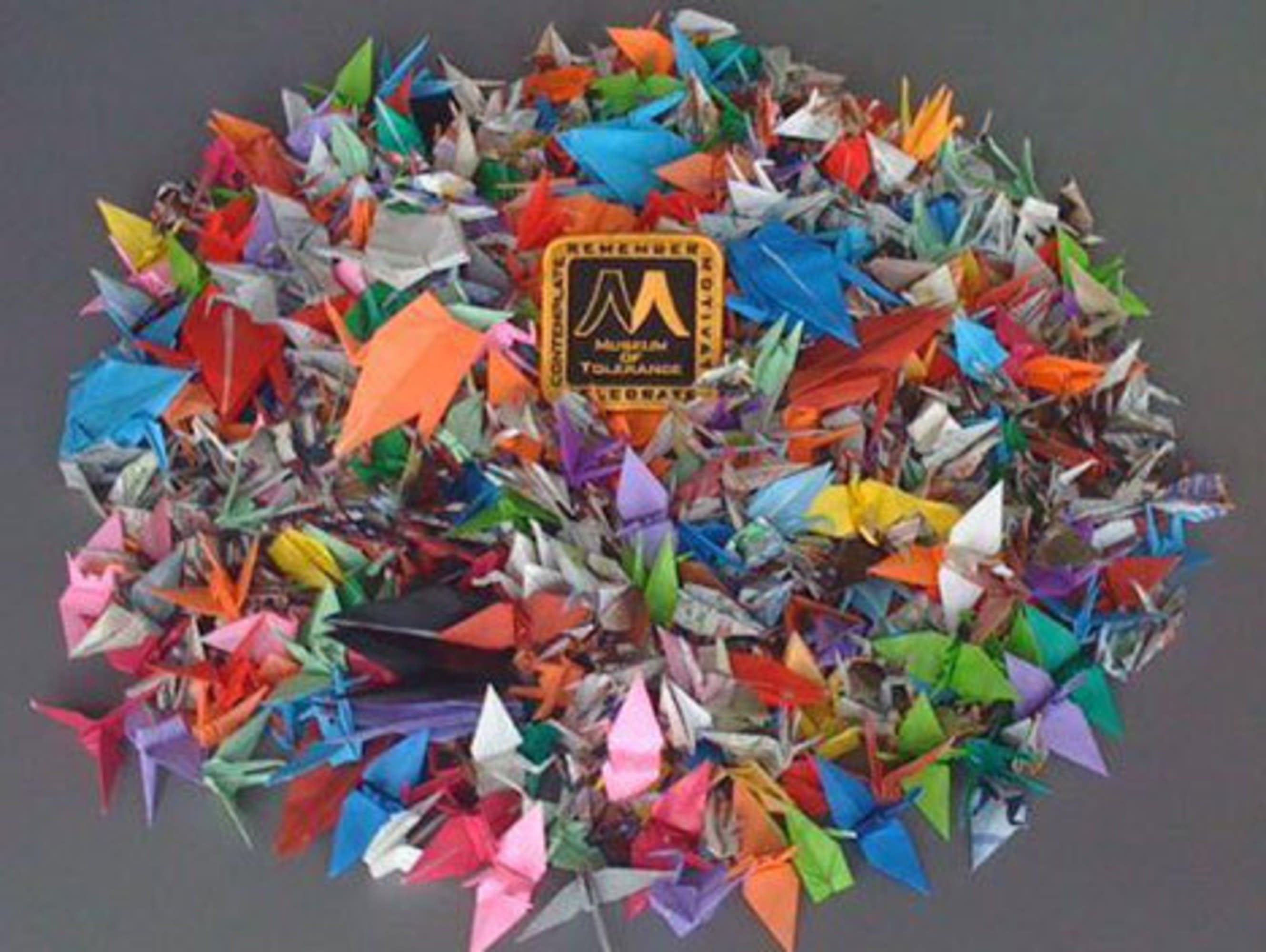Los Angeles is home to a multitude of cultural and educational landmarks, but few stand as prominently as the Museum of Tolerance. As a beacon of enlightenment, the museum offers visitors an immersive experience that challenges them to confront prejudice and discrimination while promoting human rights and dignity. It is not just a museum; it is a place of profound learning and reflection.
Established in 1993 by the Simon Wiesenthal Center, the Museum of Tolerance in Los Angeles has become one of the most respected institutions dedicated to fostering tolerance and understanding. Its unique exhibits and educational programs are designed to inspire visitors to take action against hate and intolerance in their own lives.
This article delves into the history, mission, and impact of the Museum of Tolerance. By exploring its exhibits, educational initiatives, and community outreach programs, we will uncover why this institution remains a vital part of Los Angeles' cultural landscape. Whether you're planning a visit or simply want to learn more, this article provides an in-depth look at what makes the Museum of Tolerance a must-visit destination.
Read also:Unveiling Valerie Benguigui A Comprehensive Guide To Her Life Career And Achievements
Table of Contents
- History of the Museum of Tolerance
- Mission and Vision
- Key Exhibits and Attractions
- Educational Programs and Initiatives
- Community Outreach and Impact
- Planning Your Visit
- Significance in Modern Society
- Challenges and Achievements
- Future Plans and Developments
- Conclusion
History of the Museum of Tolerance
The Museum of Tolerance in Los Angeles traces its roots back to the Simon Wiesenthal Center, an organization dedicated to promoting human rights and combating hate. Established in 1993, the museum emerged as a response to the growing need for education and awareness about the dangers of intolerance and prejudice. Its location in Los Angeles was chosen to leverage the city's diverse population and global influence.
Founding and Inspiration
The inspiration for the Museum of Tolerance came from the Holocaust, one of humanity's darkest chapters. By examining this period of history, the museum aims to educate visitors about the consequences of hatred and the importance of tolerance. The Simon Wiesenthal Center's commitment to preserving memory and promoting justice laid the foundation for this groundbreaking institution.
Early Years and Growth
In its early years, the Museum of Tolerance quickly gained recognition for its innovative exhibits and educational programs. As it evolved, the museum expanded its focus to include contemporary issues such as racism, bullying, and discrimination. This growth reflects the museum's dedication to addressing the challenges of modern society.
Mission and Vision
The mission of the Museum of Tolerance is to challenge visitors to confront prejudice and discrimination while promoting human rights and dignity. Through its exhibits and programs, the museum seeks to inspire individuals to become agents of change in their communities. Its vision is to create a world where tolerance and understanding prevail over hate and intolerance.
Core Values
- Education: Providing knowledge and tools to combat hate and promote tolerance.
- Empathy: Encouraging visitors to understand and appreciate diverse perspectives.
- Action: Inspiring individuals to take meaningful steps toward positive change.
Key Exhibits and Attractions
The Museum of Tolerance offers a variety of exhibits and attractions designed to engage visitors of all ages. These interactive displays provide a comprehensive understanding of historical events and contemporary issues related to tolerance and human rights.
Holocaust Exhibit
One of the museum's most impactful exhibits is the Holocaust section, which chronicles the tragic events of World War II. Through personal stories, artifacts, and multimedia presentations, visitors gain insight into the lives of those affected by the Holocaust.
Read also:Taylor Swifts Education A Comprehensive Look At Her Academic Journey
Tolerance in Action
This exhibit highlights individuals and organizations that have made significant contributions to promoting tolerance and social justice. It serves as a source of inspiration for visitors looking to make a difference in their own communities.
Confronting Hate
The Confronting Hate exhibit explores the causes and effects of prejudice and discrimination. By examining real-life examples, visitors learn how to identify and challenge hate in their daily lives.
Educational Programs and Initiatives
The Museum of Tolerance offers a wide range of educational programs and initiatives designed to enhance learning and promote understanding. These programs cater to students, educators, and the general public, ensuring that the museum's message reaches a broad audience.
Student Programs
Targeted at young learners, the museum's student programs provide age-appropriate lessons on tolerance and human rights. These programs include guided tours, workshops, and interactive activities that encourage critical thinking and empathy.
Teacher Resources
To support educators, the Museum of Tolerance offers a wealth of resources, including lesson plans, training sessions, and online materials. These resources help teachers incorporate tolerance education into their curriculum effectively.
Community Outreach and Impact
Beyond its walls, the Museum of Tolerance actively engages with the community through various outreach programs. These initiatives aim to strengthen relationships and promote dialogue among diverse groups.
Community Workshops
The museum hosts workshops and seminars that address pressing social issues such as racism, sexism, and LGBTQ+ rights. These events bring together community members to share experiences and develop strategies for promoting tolerance.
Partnerships
Collaborations with local organizations and institutions further amplify the museum's impact. By working together, these partners create a network of support and advocacy for tolerance and human rights.
Planning Your Visit
Visiting the Museum of Tolerance is an enriching experience that offers something for everyone. Whether you're a history enthusiast, educator, or simply someone interested in learning more about tolerance, the museum provides a wealth of opportunities for engagement and reflection.
Tickets and Hours
Tickets for the Museum of Tolerance can be purchased online or at the museum's entrance. Operating hours vary depending on the day, so it's essential to check the museum's website for the most up-to-date information.
Tips for Visitors
- Allow at least two to three hours to fully explore the museum's exhibits.
- Consider booking a guided tour for a more in-depth experience.
- Take advantage of the museum's gift shop to purchase educational materials and memorabilia.
Significance in Modern Society
In today's increasingly interconnected world, the Museum of Tolerance plays a crucial role in fostering understanding and cooperation among diverse communities. By addressing contemporary issues such as cyberbullying, immigration, and climate change, the museum remains relevant and impactful.
Global Perspective
While rooted in Los Angeles, the museum's influence extends far beyond its location. Through partnerships and collaborations, the Museum of Tolerance contributes to global efforts to promote tolerance and human rights.
Local Impact
On a local level, the museum serves as a hub for community engagement and activism. Its programs and initiatives empower individuals to take action and create positive change in their neighborhoods.
Challenges and Achievements
Despite its success, the Museum of Tolerance faces challenges in its mission to promote tolerance and understanding. These challenges include overcoming resistance to change, addressing budget constraints, and adapting to evolving social issues.
Key Achievements
- Reaching millions of visitors since its inception.
- Receiving numerous awards and accolades for its educational programs.
- Influencing policy and legislation related to human rights and tolerance.
Future Plans and Developments
Looking ahead, the Museum of Tolerance has ambitious plans to expand its reach and impact. These plans include developing new exhibits, enhancing digital resources, and strengthening community partnerships.
Technological Advancements
Embracing technology, the museum aims to create immersive virtual experiences that allow visitors from around the world to engage with its content. This digital expansion will ensure that the museum's message reaches an even broader audience.
Community Expansion
To further its mission, the Museum of Tolerance plans to establish satellite locations and outreach programs in underserved communities. These efforts will help bring the museum's message of tolerance and understanding to those who need it most.
Conclusion
The Museum of Tolerance in Los Angeles stands as a testament to the power of education and empathy in promoting tolerance and understanding. Through its exhibits, educational programs, and community outreach, the museum continues to inspire individuals to take action against hate and intolerance. By visiting the Museum of Tolerance, you can join this movement and contribute to a more just and compassionate world.
We invite you to share your thoughts and experiences in the comments below. Have you visited the museum? What impact did it have on you? Additionally, don't forget to explore our other articles for more insights into cultural landmarks and educational institutions. Together, we can make a difference!


